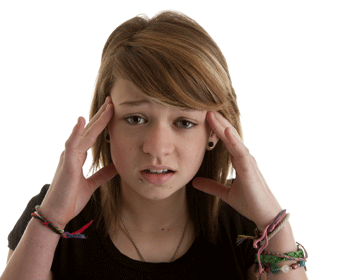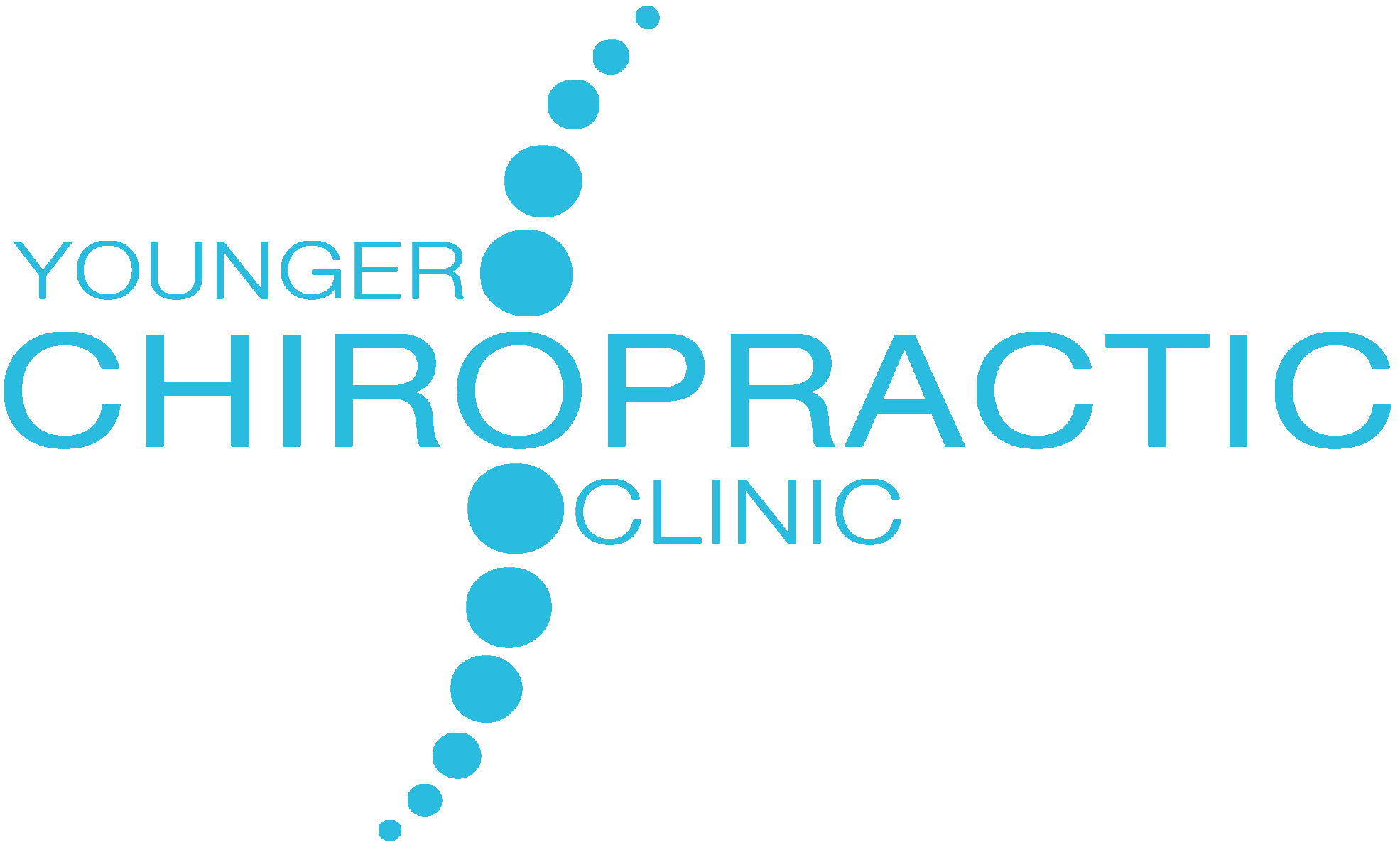 A recent study revealed that a significant number of children are receiving narcotic prescriptions for their headaches, causing great concern about the negative repercussions if this trend does not stop. After all, these types of medications come with some serious side effects and consequences but are routinely being prescribed to adolescents who aren’t always able to make educated, rational decisions regarding their usage.
A recent study revealed that a significant number of children are receiving narcotic prescriptions for their headaches, causing great concern about the negative repercussions if this trend does not stop. After all, these types of medications come with some serious side effects and consequences but are routinely being prescribed to adolescents who aren’t always able to make educated, rational decisions regarding their usage.
What One Study Reveals
One particular study looked at over 8,000 adolescents between the ages of 13 and 17 who sought medical treatment for their headaches (trauma-related headaches were excluded). What the researchers found was alarming and not necessarily what most would expect.
Approximately 46% of the teens who suffered with headaches and sought medical relief received a prescription for some type of opioid, which could be anything from hydrocodone to morphine to oxycodone, or any other narcotic. Additionally around 48% were able to get yet another opioid prescription on a follow-up visit (giving them access to two opioid scripts) and roughly 29% of them obtained three opioid prescriptions or more.
The Repercussions
While pain killers like these certainly have their place in the treatment of various illnesses and injuries, there are some major consequences to using them so freely. Biologically, they can affect the growing adolescent’s digestive system by causing constipation, nausea, and vomiting. Behaviorally, opioids tend to make them extremely drowsy – which isn’t going to help a child who is expected to do well in school or a kid that just got his or her driver’s license and wants to drive the family car.
Additionally, a large number of adolescents experiment with alcohol, which can be dire or even deadly when combined with opioid usage. Children who are on antidepressants or take sleeping pills face possible interactions as well.
Then there is the issue of tolerance and addiction. Over time, more and more of the drug is necessary to get the same pain relief. It can lead to dependence on the drug, maybe even causing them to seek out other pain killers to feel even better, not unlike the growing numbers of adults with chronic pain addicted to narcotics. The past decade has witnessed a twofold increase in the number of opioid prescriptions, according to a study from Johns Hopkins Bloomberg School of Public Health.
The Chiropractic Solution
Chiropractic care is a great alternative to curing headache pain as opposed to just masking it. It can ease everything from stress-related head pain to severe migraines , and it does so naturally and effectively, making it one of the best drug-free solutions for children and adolescents.
Reference
DeVries A, et al. Opioid Use Among Adolescent Patients Treated for Headache. Journal of Adolescent Health 2014.

